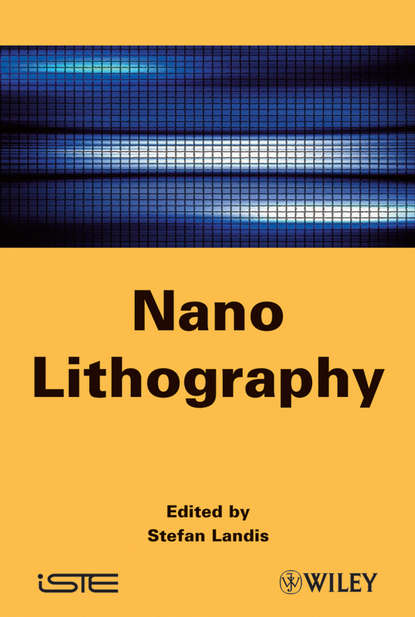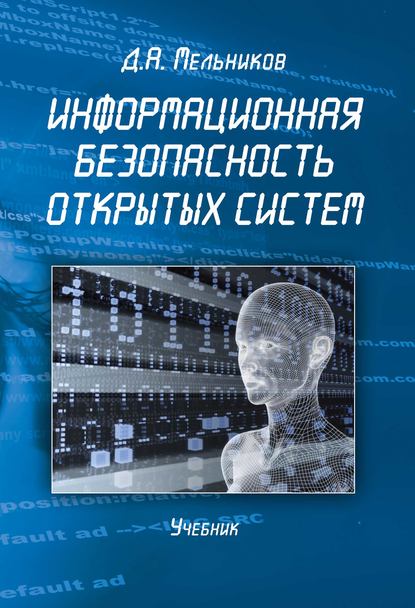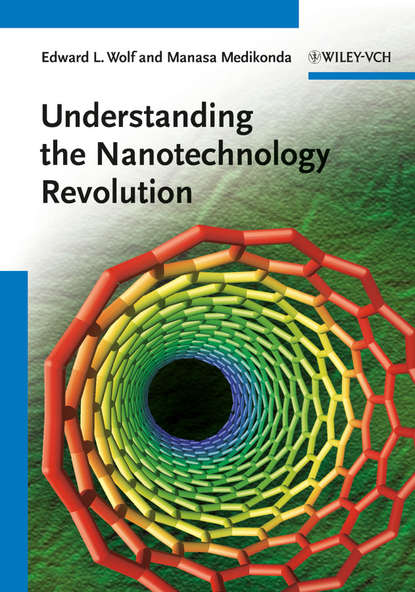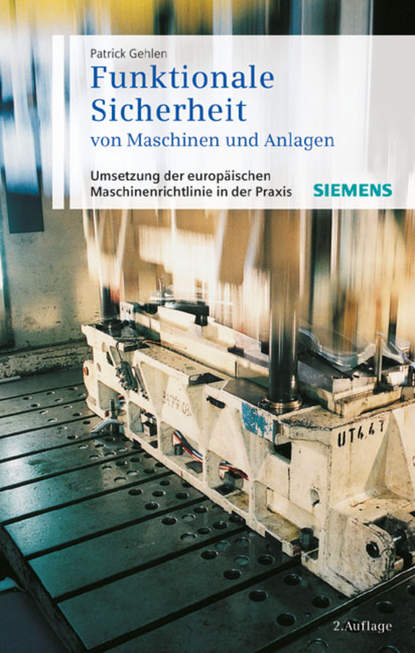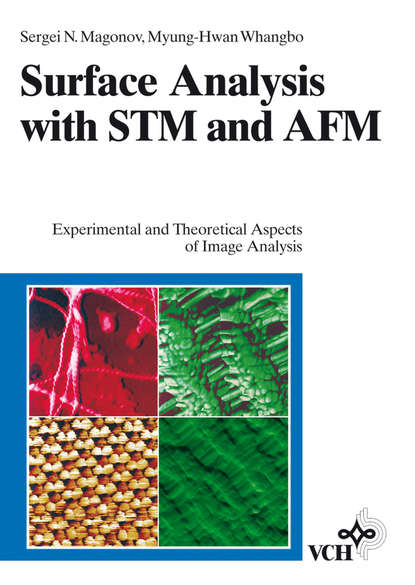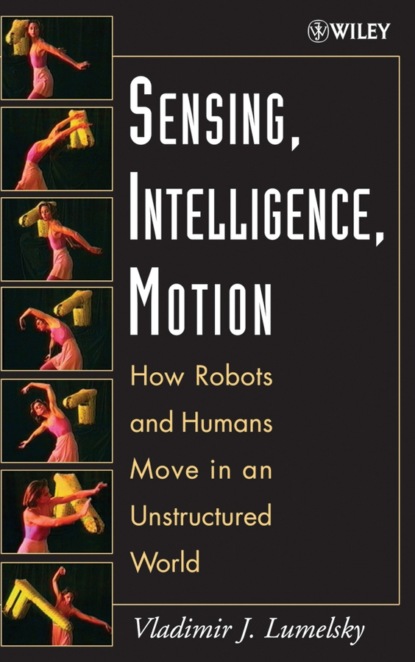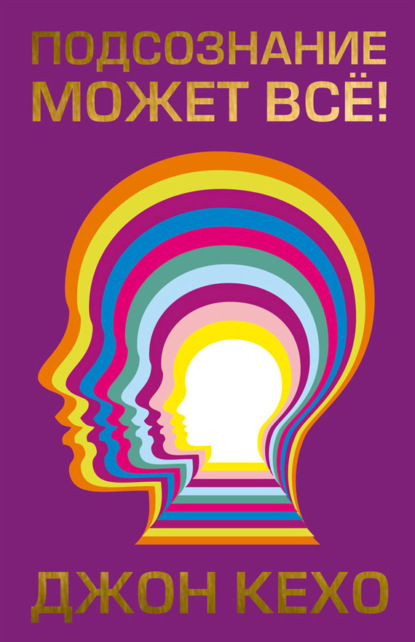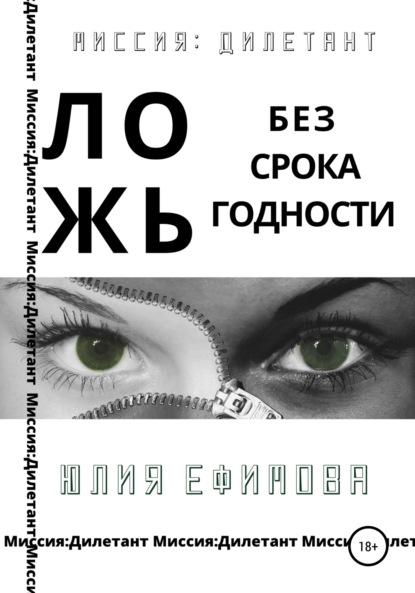Книга "Nano Lithography" посвящена изучению и применению производства наноструктур, то есть созданию узоров с размером более одного атома, но не превышающих 100 нм. Литография - это крайне сложный инструмент, используемый для производства многих повседневных продуктов в области потребительской электроники, телекоммуникаций, развлечений, транспорта и т.д. В последние годы исследователи и инженеры развивают новые инструменты и технологии для создания наноструктур, расширяя область физики, химии, механики и микроэлектроники. Книга рассматривает технологии X-литографии, NanoImprint-литографии, а также методы, использующие сканирующую зондовую микроскопию и оптические свойства металлических наноструктур, а также метрологию литографии. Она написана для инженеров и исследователей, которые только начинают работать в этой области, и поможет им расширить свои знания о технологиях, которые постоянно развиваются.
Nano Lithography - книга, написанная Стефаном Ландисом, посвящена описанию процесса литографии, который является одним из самых сложных инструментов для производства повседневных продуктов, таких как электроника, телекоммуникации, развлечения и транспорт. В последние годы исследователи и инженеры продвинули границы наук, включая оптику, физику, химию, механику и гидравлику, и теперь разрабатывают наномир с помощью новых инструментов и технологий. Однако, помимо научных проблем, связанных с этой гонкой миниатюризации, новые методы литографии необходимы для создания новых устройств, новых функций и изучения новых областей применения.
Электронная Книга «Nano Lithography» написана автором Stefan Landis в году.
Минимальный возраст читателя: 0
Язык: Английский
ISBN: 9781118621622
Описание книги от Stefan Landis
Lithography is an extremely complex tool – based on the concept of “imprinting” an original template version onto mass output – originally using relatively simple optical exposure, masking, and etching techniques, and now extended to include exposure to X-rays, high energy UV light, and electron beams – in processes developed to manufacture everyday products including those in the realms of consumer electronics, telecommunications, entertainment, and transportation, to name but a few. In the last few years, researchers and engineers have pushed the envelope of fields including optics, physics, chemistry, mechanics and fluidics, and are now developing the nanoworld with new tools and technologies. Beyond the scientific challenges that are endemic in this miniaturization race, next generation lithography techniques are essential for creating new devices, new functionalities and exploring new application fields. Nanolithography is the branch of nanotechnology concerned with the study and application of fabricating nanometer-scale structures − meaning the creation of patterns with at least one lateral dimension between the size of an individual atom and approximately 100 nm. It is used in the fabrication of leading-edge semiconductor integrated circuits (nanocircuitry) or nanoelectromechanical systems (NEMS). This book addresses physical principles as well as the scientific and technical challenges of nanolithography, covering X-ray and NanoImprint lithography, as well as techniques using scanning probe microscopy and the optical properties of metal nanostructures, patterning with block copolymers, and metrology for lithography. It is written for engineers or researchers new to the field, and will help readers to expand their knowledge of technologies that are constantly evolving.
